Rare Rides: The 1982 De Tomaso Deauville - Quattroporte Meets XJ?

Rare Rides has shown several vehicles which owe their creation to retired racing driver Alejandro de Tomaso. Among those were two which wore his logo: the Guarà Barchetta and the Longchamp.
Today’s car is the only four-door De Tomaso ever produced: the Deauville.
Much like the hefty Longchamp linked to above, Deauville was a luxury grand touring car that intended to compete with Europe’s finest fast sedans. De Tomaso established his brand in the early Sixties with the mid-engine Vallelunga, following that creation up with the Mangusta. Accompanying the introduction of the Deauville was De Tomaso’s most famous and successful model, the Pantera. In addition to the company’s first foray into four doors, it was also the first time they’d put an engine at the front of the car.
Deauville debuted at the Turin Motor Show in 1970, entering production in 1971. The design was penned by the ever-skilled Tom Tjaarda when he worked at Ghia. The large sedan rode on a 109-inch wheelbase, and had an overall length of 191 inches. Though it had a similar wheelbase, length, and appearance as a Jaguar XJ6, it was five inches wider.
Powering the 4,277-pound car was some American iron, in the form of a 351 Cleveland V8 (5.8L) borrowed from Ford. An impressive 330 horses were routed to the rear wheels via a five-speed ZF manual, or the three-speed automatic Lincoln used between 1966 and 1979. Underneath, the Deauville employed an independent suspension at the rear and ventilated disc brakes all around. Those brakes were very necessary to haul the Deauville down from its 143 mph top speed.
The Deauville was a hand-built and custom-order sort of car. Though it remained in production between 1971 and 1985, only 244 were produced. There were three slightly different versions of the car, divided up into early and late Series I, and Series II. Early Series I cars were made between 1970 and 1974, and the later version was from 1975 to 1977. From 1978 through 1985, all cars were Series II.
The Deauville chassis put in some additional work in other cars. It was chopped down for the Longchamp coupe mentioned above, and also underpinned the Maserati Quattroporte III (which entered production in 1979 and lived through 1990). One sedan was enough for De Tomaso, as the brand continued on with just the Longchamp and Pantera post-’85.
Today’s Rare Ride is in excellent condition in Robino Rosso, boasting a creamy ruched leather interior — check those door panels! With the additional power options offered on later cars and an automatic transmission, it asks $76,000.
[Images: seller]

Interested in lots of cars and their various historical contexts. Started writing articles for TTAC in late 2016, when my first posts were QOTDs. From there I started a few new series like Rare Rides, Buy/Drive/Burn, Abandoned History, and most recently Rare Rides Icons. Operating from a home base in Cincinnati, Ohio, a relative auto journalist dead zone. Many of my articles are prompted by something I'll see on social media that sparks my interest and causes me to research. Finding articles and information from the early days of the internet and beyond that covers the little details lost to time: trim packages, color and wheel choices, interior fabrics. Beyond those, I'm fascinated by automotive industry experiments, both failures and successes. Lately I've taken an interest in AI, and generating "what if" type images for car models long dead. Reincarnating a modern Toyota Paseo, Lincoln Mark IX, or Isuzu Trooper through a text prompt is fun. Fun to post them on Twitter too, and watch people overreact. To that end, the social media I use most is Twitter, @CoreyLewis86. I also contribute pieces for Forbes Wheels and Forbes Home.
More by Corey Lewis
Latest Car Reviews
Read moreLatest Product Reviews
Read moreRecent Comments
- Merc190 I would say Civic Si all the way if it still revved to 8300 rpm with no turbo. But nowadays I would pick the Corolla because I think they have a more clear idea on their respective models identity and mission. I also believe Toyota has a higher standard for quality.
- Dave Holzman I think we're mixing up a few things here. I won't swear to it, but I'd be damned surprised if they were putting fire retardant in the seats of any cars from the '50s, or even the '60s. I can't quite conjure up the new car smell of the '57 Chevy my parents bought on October 17th of that year... but I could do so--vividly--until the last five years or so. I loved that scent, and when I smelled it, I could see the snow on Hollis Street in Cambridge Mass, as one or the other parent got ready to drive me to nursery school, and I could remember staring up at the sky on Christmas Eve, 1957, wondering if I might see Santa Claus flying overhead in his sleigh. No, I don't think the fire retardant on the foam in the seats of 21st (and maybe late 20th) century cars has anything to do with new car smell. (That doesn't mean new car small lacked toxicity--it probably had some.)
- ToolGuy Is this a website or a podcast with homework? You want me to answer the QOTD before I listen to the podcast? Last time I worked on one of our vehicles (2010 RAV4 2.5L L4) was this past week -- replaced the right front passenger window regulator (only problem turned out to be two loose screws, but went ahead and installed the new part), replaced a bulb in the dash, finally ordered new upper dash finishers (non-OEM) because I cracked one of them ~2 years ago.Looked at the mileage (157K) and scratched my head and proactively ordered plugs, coils, PCV valve, air filter and a spare oil filter, plus a new oil filter housing (for the weirdo cartridge-type filter). Those might go in tomorrow. Is this interesting to you? It ain't that interesting to me. 😉The more intriguing part to me, is I have noticed some 'blowby' (but is it) when the oil filler cap is removed which I don't think was there before. But of course I'm old and forgetful. Is it worth doing a compression test? Leakdown test? Perhaps if a guy were already replacing the plugs...
- Crown No surprise there. The toxic chemical stew of outgassing.
- Spamvw Seeing the gear indicator made me wonder when PRNDL was mandated.Anyone?Anyone?1971



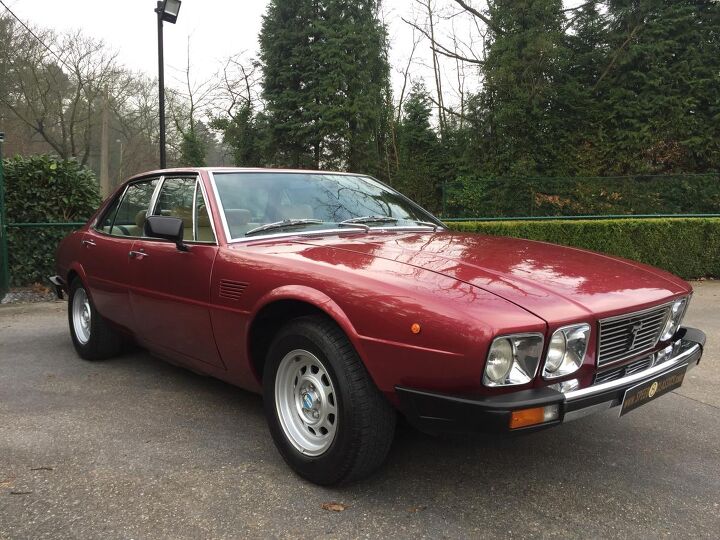




















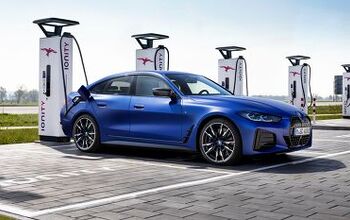
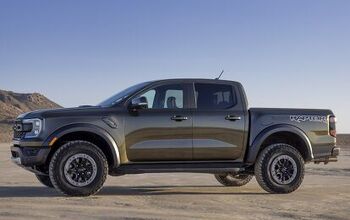
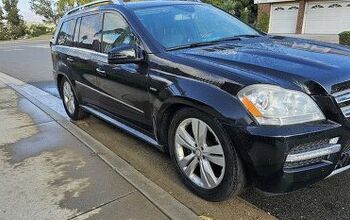


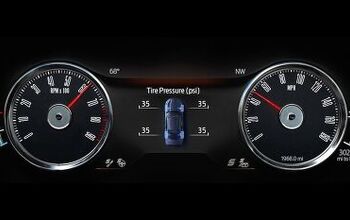

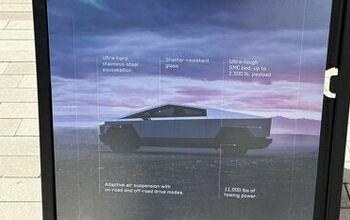

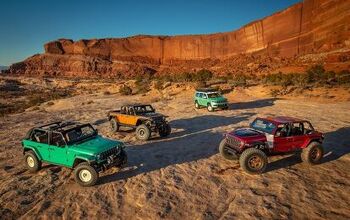
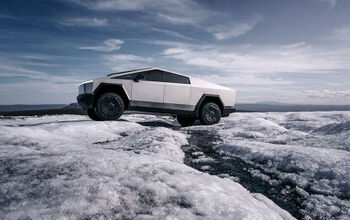
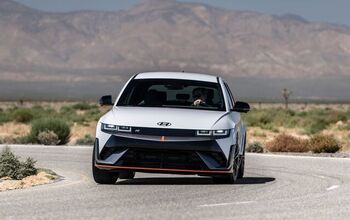
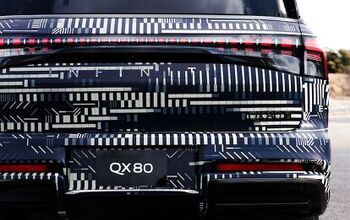
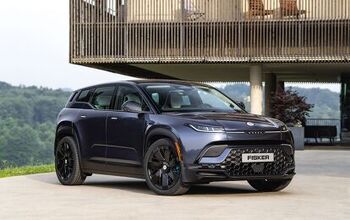
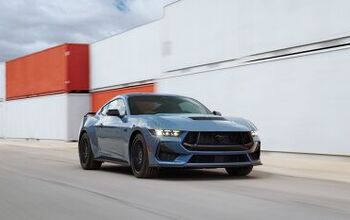
Comments
Join the conversation
The headlight surrounds look like something from a 76 Chevy Nova.
"...It asks $76,000" It can ask in one hand and take a dump in the other and see which one gets full first.